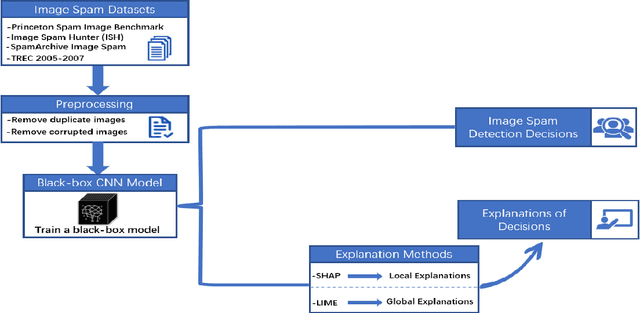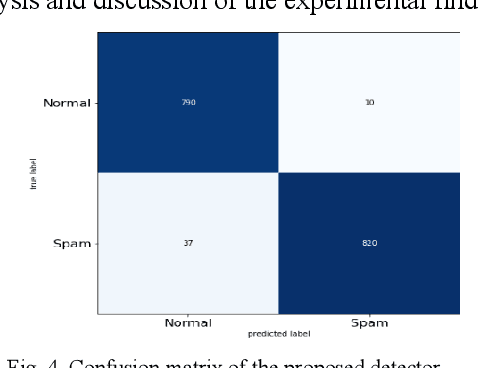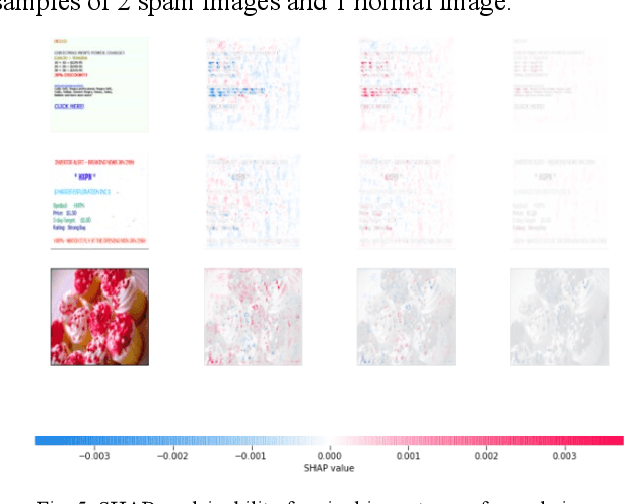Fatma Taher
AI-Driven Solutions for Falcon Disease Classification: Concatenated ConvNeXt cum EfficientNet AI Model Approach
Feb 07, 2025Abstract:Falconry, an ancient practice of training and hunting with falcons, emphasizes the need for vigilant health monitoring to ensure the well-being of these highly valued birds, especially during hunting activities. This research paper introduces a cutting-edge approach, which leverages the power of Concatenated ConvNeXt and EfficientNet AI models for falcon disease classification. Focused on distinguishing 'Normal,' 'Liver,' and 'Aspergillosis' cases, the study employs a comprehensive dataset for model training and evaluation, utilizing metrics such as accuracy, precision, recall, and f1-score. Through rigorous experimentation and evaluation, we demonstrate the superior performance of the concatenated AI model compared to traditional methods and standalone architectures. This novel approach contributes to accurate falcon disease classification, laying the groundwork for further advancements in avian veterinary AI applications.
A Late Multi-Modal Fusion Model for Detecting Hybrid Spam E-mail
Oct 26, 2022Abstract:In recent years, spammers are now trying to obfuscate their intents by introducing hybrid spam e-mail combining both image and text parts, which is more challenging to detect in comparison to e-mails containing text or image only. The motivation behind this research is to design an effective approach filtering out hybrid spam e-mails to avoid situations where traditional text-based or image-baesd only filters fail to detect hybrid spam e-mails. To the best of our knowledge, a few studies have been conducted with the goal of detecting hybrid spam e-mails. Ordinarily, Optical Character Recognition (OCR) technology is used to eliminate the image parts of spam by transforming images into text. However, the research questions are that although OCR scanning is a very successful technique in processing text-and-image hybrid spam, it is not an effective solution for dealing with huge quantities due to the CPU power required and the execution time it takes to scan e-mail files. And the OCR techniques are not always reliable in the transformation processes. To address such problems, we propose new late multi-modal fusion training frameworks for a text-and-image hybrid spam e-mail filtering system compared to the classical early fusion detection frameworks based on the OCR method. Convolutional Neural Network (CNN) and Continuous Bag of Words were implemented to extract features from image and text parts of hybrid spam respectively, whereas generated features were fed to sigmoid layer and Machine Learning based classifiers including Random Forest (RF), Decision Tree (DT), Naive Bayes (NB) and Support Vector Machine (SVM) to determine the e-mail ham or spam.
Explainable Artificial Intelligence to Detect Image Spam Using Convolutional Neural Network
Sep 07, 2022



Abstract:Image spam threat detection has continually been a popular area of research with the internet's phenomenal expansion. This research presents an explainable framework for detecting spam images using Convolutional Neural Network(CNN) algorithms and Explainable Artificial Intelligence (XAI) algorithms. In this work, we use CNN model to classify image spam respectively whereas the post-hoc XAI methods including Local Interpretable Model Agnostic Explanation (LIME) and Shapley Additive Explanations (SHAP) were deployed to provide explanations for the decisions that the black-box CNN models made about spam image detection. We train and then evaluate the performance of the proposed approach on a 6636 image dataset including spam images and normal images collected from three different publicly available email corpora. The experimental results show that the proposed framework achieved satisfactory detection results in terms of different performance metrics whereas the model-independent XAI algorithms could provide explanations for the decisions of different models which could be utilized for comparison for the future study.
 Add to Chrome
Add to Chrome Add to Firefox
Add to Firefox Add to Edge
Add to Edge